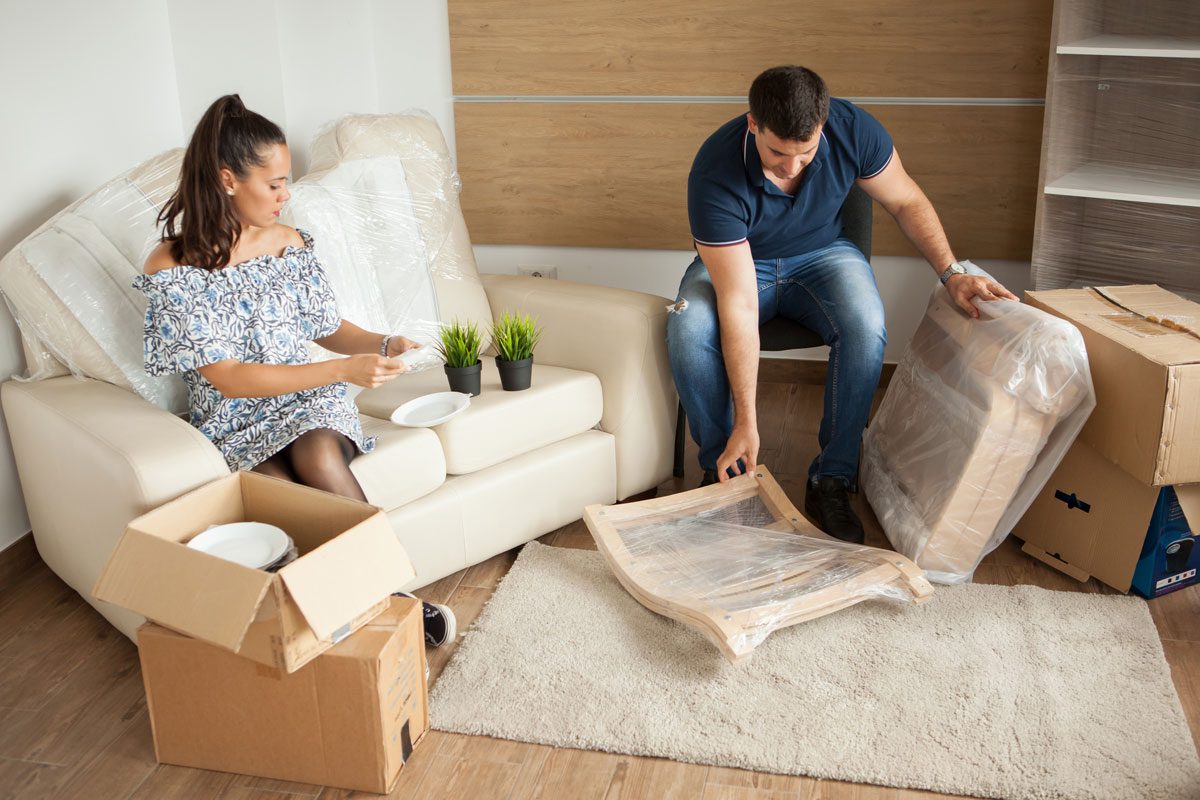Moving homes or offices can be demanding, especially when it comes to safeguarding your valuable furnishings. It’s daunting but with strategic planning and following the best practices, you can ensure a smooth transition of your beloved pieces from one location to another. Especially when you adhere to Adlam transport’s advice on furniture moving tips that are proven to work.
Moving furniture is a process that requires more than just a physical effort. There’s an emotional aspect attached to it: each piece carries memories, while some are heirlooms with timeless intrinsic value. Therefore, taking the utmost care during the process is crucial. Here are some expert tips to make sure your furniture is ready for the move.

1. Preparing in Advance
Careful consideration of furniture preparations is crucial; procrastination is ill-advised. Meticulous planning, rather than being a mere recommendation, becomes a necessary step in the process. The initial phase involves a comprehensive inventory of the furniture intended for relocation, followed by precise measurements of the furniture itself, entry and exit points, and the designated space at the new location. This proactive approach is vital to prevent potential complications and disappointments, guaranteeing a smooth and organized transition of each piece.
2. Detachable Furniture
The cardinal rule when dealing with sizable furniture during a move is to dismantle it whenever feasible. Disassembling removable components not only simplifies the moving process but also reduces the risk of damage. For instance, removing drawers from a wooden cupboard or detaching the legs of a dining table enhances maneuverability and minimizes the likelihood of structural harm. This strategic approach ensures a smoother relocation experience and safeguards the integrity of the furniture items being transported.
3. Packing Matters
Efficient packing is indispensable when relocating smaller, non-detachable furniture pieces. To safeguard fragile items like glass or antiques, employing bubble wrap or newspaper is essential. Additionally, investing in high-quality moving blankets and padding materials is advantageous to shield items from scratches and cracks. Implementing these precautions ensures the safe transit of belongings, with strategic placement of padding on substantial items like sofas or dining tables effectively preventing damage from bumps during the moving process.
4. How to Pack
To provide comprehensive protection, encase the entire furniture piece in moving blankets and secure them with packing tape, taking care to avoid direct contact with the furniture surface to prevent potential damage. For added safeguarding, especially around corners and other vulnerable points, consider employing corner protectors. This meticulous wrapping and reinforcement process not only ensures the security of the furniture during transportation but also minimizes the risk of scratches or dents, exemplifying a thorough and proactive approach to the packing phase of the moving process.
5. Handling Furniture
Avoid excessive movement or dragging of furniture, as it poses a risk of damage to both the furniture itself and the flooring in both your old and new home. Opt for a more prudent approach by using quality furniture sliders positioned under the feet of your furniture. These sliders facilitate the smooth relocation of heavy items without causing harm to the floor or risking personal injury. By embracing this method, you ensure a careful and damage-free transition while maintaining the integrity of both your furniture and the surfaces it interacts with.
6. Hire the Professionals
For valuable or antique furniture, considering professional movers can be a prudent choice to prevent potential damages. Skilled moving teams possess the necessary tools and expertise to navigate intricate moving scenarios. Their proficiency enables them to adeptly disassemble and reassemble your furniture, ensuring a seamless and stress-free relocation experience. Opting for professional assistance not only safeguards your prized possessions but also provides the expertise needed to handle the complexities of moving, offering peace of mind throughout the process.
After the Move

Upon arrival at your new destination, exercise diligence by setting aside the furniture pieces and conducting a thorough inspection for any potential signs of damage. Exercise caution when unwrapping packed items, resisting the temptation to rush through the process; a deliberate approach ensures that unintentional damage is minimized. Take the time to carefully unpack each item to guarantee a smooth and damage-free transition.
In the final stages of settling in, be mindful of the new space’s layout when arranging furniture. Strive to avoid overcrowding a single space or room, as this can create a cluttered and diminished appearance. Instead, foster a sense of harmony and spaciousness by allowing ample open space, contributing to a more aesthetically pleasing and comfortable living environment.
Final Thoughts
Moving furniture can be a hassle, but with these professional tips, it can be managed more easily. Whether you’re moving a few streets away or to a totally new city, these tips will ensure your furniture gets there in the best condition possible. All it requires is some planning, care, and the right resources to make the move successful.


